The mold releases agent (such as petroleum jelly) is a kind of interface coating used on the surface of two objects that are easy to stick to each other, it can make the surface of the object easy to detach, smooth, and clean. Metal die-casting mold release agent is mainly used for aluminum alloy, magnesium alloy, zinc alloy, and other metal materials in a variety of molding operations. In mold making, sometimes other fillers will leach out to the interface, then a surface remover is needed to get rid of it. So why choose silicone mold release agent in metal die casting?
Theoretically, the metal die casting mold release agent specially formulated should have a large tensile strength, should have chemical resistance, should also have heat and stress properties, and not be easy to decompose or wear; Metal die casting mold release agent should be bonded to the mold and not transferred to the processed parts, so as not to hinder the spray paint or other secondary processing operations.
Silicone mold releases agent has a good economy, use of a small amount, and low cost, which can help enterprises to reduce production costs. At the same time, the silicone mold release agent can be efficient in multiple part releases, extend the service life of the mold, and reduce the cost of replacing the mold. Due to the extremely low surface tension and superior thermal stability, can be widely used in harsh temperatures, silicone mold release agent products have a very high stability and safety, but also simply no irritation and harm can be used with confidence.
Here’s some information about it:
- What is casting?
- What are casting mold release agents?
- What are the precautions of silicone mold release agents when using?
- How to use silicone mold release agent?
- How to choose raw material for the silicone mold release agent?
- How to make silicone mold release agents?
1. What is casting?
Casting is the metal melted to meet the requirements of the liquid and poured into the casting mold, after cooling and solidification, finishing treatment to get a predetermined shape, size, and performance of the casting (parts or blanks) of the process.
Casting according to the liquid metal pouring process is divided into gravity casting and pressure casting (die casting). Gravity casting, including sand (wet sand, dry sand, chemical hardening sand) casting, metal casting, investment casting, disappearance mold casting, etc.; Pressure casting refers to the metal liquid in the role of other external forces in the casting process.

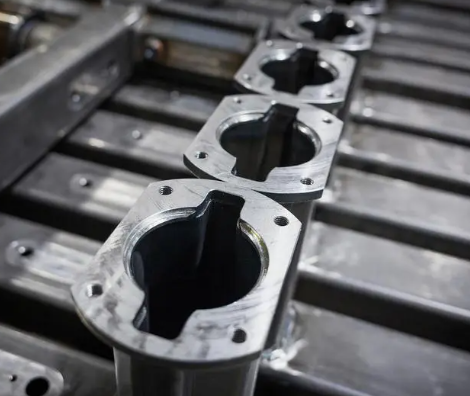
2. What are casting mold release agents?
A die-casting mold release agent is usually silicone emulsion, wax emulsion, fatty acid ester emulsion composite system, and a variety of emulsion synergistic compounding make mold release agent in high-temperature conditions with good lubrication, and metal wetting effect.
The traditional forging release agent is mainly graphite, carbon powder, talcum powder, molybdenum disulfide, and other inorganic powders and binders prepared from the suspension, which accounted for most of the proportion of forging lubricants. With the increasingly serious environmental pollution, silicone forging releases agents in copper, carbon steel, aluminum, stainless steel, and other metal forging forming gradually in the market to be promoted and applied.
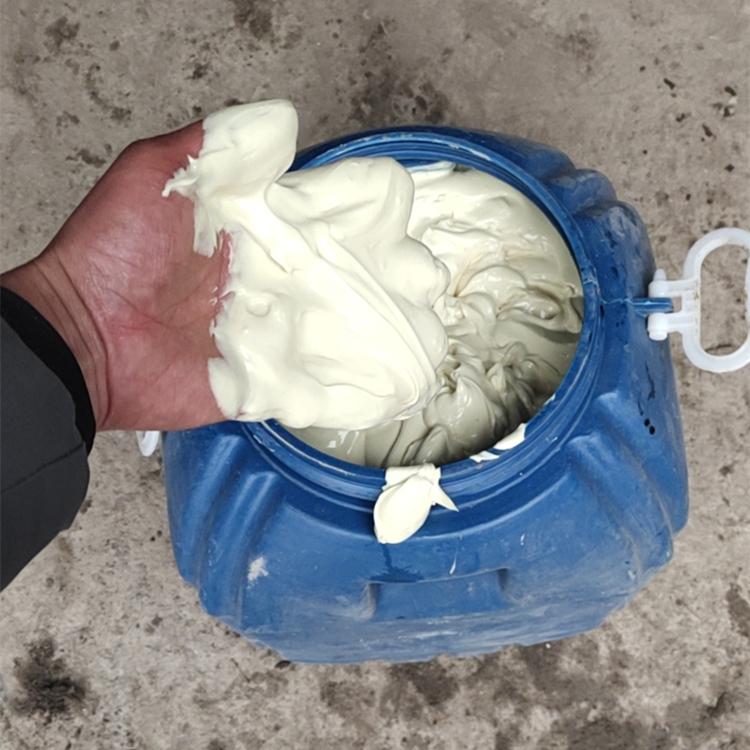
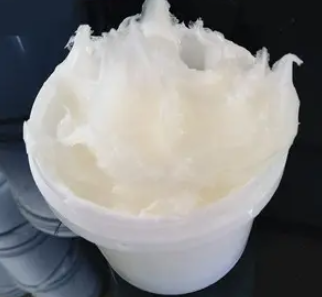
3. What are the precautions of silicone mold release agents when using?
Silicone mold-releasing agent specially formulated has a variety of types and the nature and use of different. Generally speaking, the material, structure, and shape of the mold, the type of products to be de-molded, the use of temperature, post-processing (printing and coating, adhesion) and diluent, and so on are the prerequisites that must be considered.
(1) Metal mold temperature
First of all, the temperature of the metal mold is the main basis for the selection of release agents, hot mold from a safety point of view (fire and poisoning), can not use the solution type, and it is appropriate to use emulsion-type, silicone paste type or silicone oil-type release agents, the use of emulsion-type release agents, due to the large specific heat capacity of water, the rate of evaporation is slow, it is easy to residual moisture on the surface of the mold in insufficient heat to affect the uniform distribution of the release agent, so the use of the heat should be quickly evaporated moisture.
Cold mold can not use emulsion type and more use of solution-type and oil-type mold release agents. Solution-type release agent is easy to wet and evenly distributed in the mold and product surface, so as to obtain smooth products, but when used when the organic solvent evaporates naturally, should be heated to further drive off the residual solvent in the mold, so as not to affect the quality of the product.
(2) Emulsion-type mold release agent
In general, for the structure of simple and high-temperature molds, the use of inexpensive and safe emulsion-type mold release agents. Due to the complexity of the mold is more difficult to release, it is appropriate to increase the amount of release agent, the use of high-concentration solution-type release agent, each time you have to spray, the cost is higher, so the use of a low-concentration products as well, but the residual solvent to be cleared.
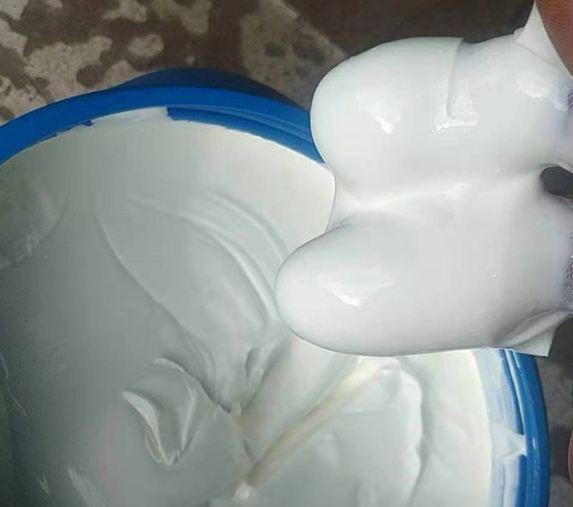
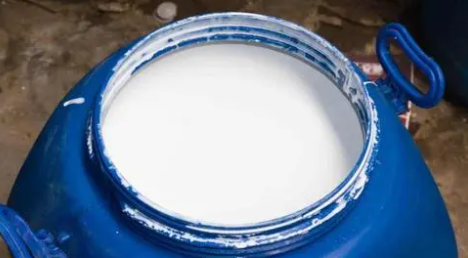
(3) High viscosity silicone oil
With the use of a high-viscosity silicone oil formulated release agent, wettability is slightly worse, but the release effect is significantly better than the viscosity lower the viscosity of silicone oil. The use of oil and solvent-based release agents in the mold surface residue deposition is less than the emulsion-type products, and the use of high-viscosity silicone oil-formulated solution-type and emulsion-type products has better mold release durability.
Silicone oil on a variety of rubbers and plastics is not expansion and contraction, and therefore particularly suitable for their release agents, but silicone oil more or less to be molded to the surface of the product, and affects their post-processing properties, for example, in the molding of epoxy resins, polyurethane resins and polyurethane rubbers, it is best to use curing-type release agents or mixed with curing-type release agents. For the need for bonding, finishing, and embossing molding, can not use dimethyl silicone oil formulated release agent, to use long-chain alkyl (C8 ~ C16) silane as a release agent.
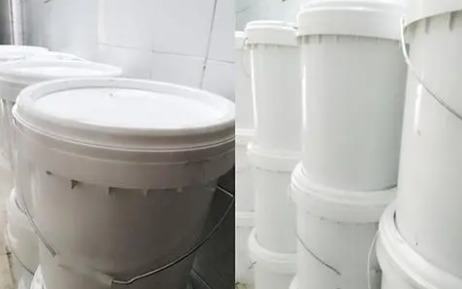
(4) Diluent
Any diluent, including organic solvents, ejectants, and water, must not be left on the mold. Otherwise, it will lead to a decline in product quality. Improper choice of diluent can make the mold surface uneven distribution of silicone oil, which will lead to stress cracking and accelerated aging of products and other issues.
4. How to use silicone mold release agents?
In the manufacturing process, the main function of the mold release agent is to prevent or reduce mechanical damage to molded products out of the mold. In all kinds of forging, casting, casting molding process, any part of the mold release may affect the performance of the finished product, once the mold release effect is poor, pulling the mold, the surface brightness of the dark, etc., reduce the finished product qualification rate, the long term will lead to an increase in production costs, it is not easy to pull the mold, reduce the grinding time.
The silicone mold release agent has good thermal stability, and high-temperature decomposition, and is widely used in various metal casting.
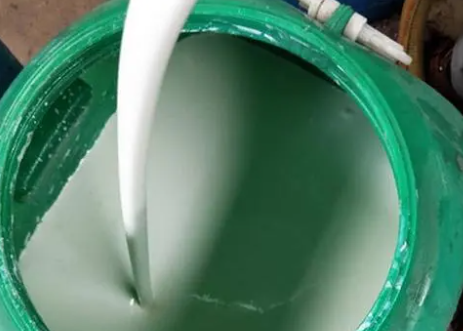
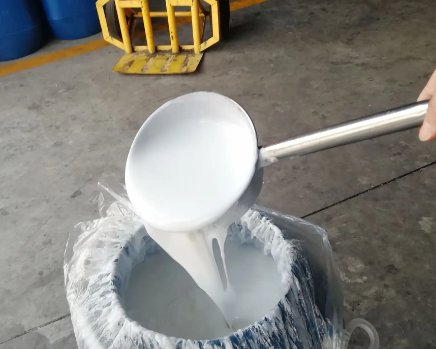
(1) Emulsion-type or solution-type mold release agent
Metal casting more emulsion-type or solution-type mold release agent can be sprayed in the mold release agent made of sand and phenolic resin and heated to 250 ° C under the shell mold, and then placed into the furnace for several minutes; can also be sprayed in the mold release agent on the wooden mold, and then used to make the shell mold. As a result of the use of mold release agents, the wood mold and metal mold make it very easy to remove the mold, the shell mold can be obtained without additional processing, and thus can be obtained with precision castings.
(2) High-temperature silicone oil mold release agent
The same in the low melting points metals such as zinc, lead and its alloys, precision casting, and high-temperature silicone oil mold release agent can play a good role, the concentration of the mold release agent used to 1% to 5% (mass fraction) is good, can achieve the purpose of low cost and good results for the first time for the use of a new mold, must be processed at high temperatures or the use of solvents, alkali treatment or by grinding treatment, etc., in order to remove the shell mold attached to the surface of the organic matter and oxides. For new molds used for the first time, they should be treated with high temperature, solvent or lye, or sanded to remove organic substances and oxides attached to the surface of the mold. Then a higher concentration of silicone oil emulsion or silicone paste solution treatment can be put into use. For storage shell mold, its surface is also best to use silicone oil and other coated protection.
(3) Aluminum alloy die casting mold release agent
Commonly used aluminum alloy die casting mold release agent, generally for the modified silicone oil emulsion, wax emulsion, synthetic fat emulsion, and other compounded products, mold release agent finished product solid content in 10 ~ 40%, end users need to release agent emulsion diluted to the solid content of 0.15 ~ 0.30% to use.
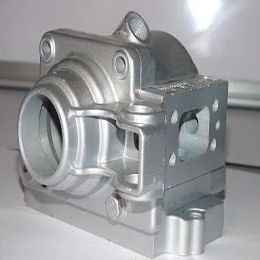
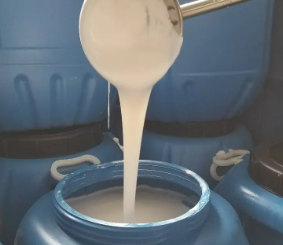
5. How to choose raw material for the silicone mold release agent?
XJY-RA/RATN-MQ Silicone Resin for release agent is specially formulated by polymerization of tetrafunctional silicone (Q) and monofunctional methylsilane (M), which has good application in the field of high-temperature, semi-permanent or permanent mold release agents.
Silicone mold release agent has the characteristics of high and low-temperature resistance, low surface tension, and no corrosion to metal. Adding silicone resin (5-15%) can significantly improve the strength of silicone oil film, in the field of high-temperature castings, tire molding, automotive seat cushions, and other areas with good application results.

6. How to make silicone mold release agents?
Silicone mold release agent has excellent mold release, product surface finish, no pollution, etc.; it is not easy to contaminate the mold, reduce the number of times to clean the mold, the secondary processing is easy; it reduces the defective rate of molded products; only a thin layer of coating, will not accumulate in the corners, so it can improve the accuracy of the size. How to improve the competitiveness of your products and determine suitability of your products?
XJY Silicones is one of the leading silicone MQ resin and VMQ silicone manufacturers in China, with more than 30 years of R&D and manufacturing experience in the silicone industry as well as more than 15 related patents and technical support. Our silicone resins can meet the needs of the release agent industry and support the provision of specially formulated solutions for customers.

